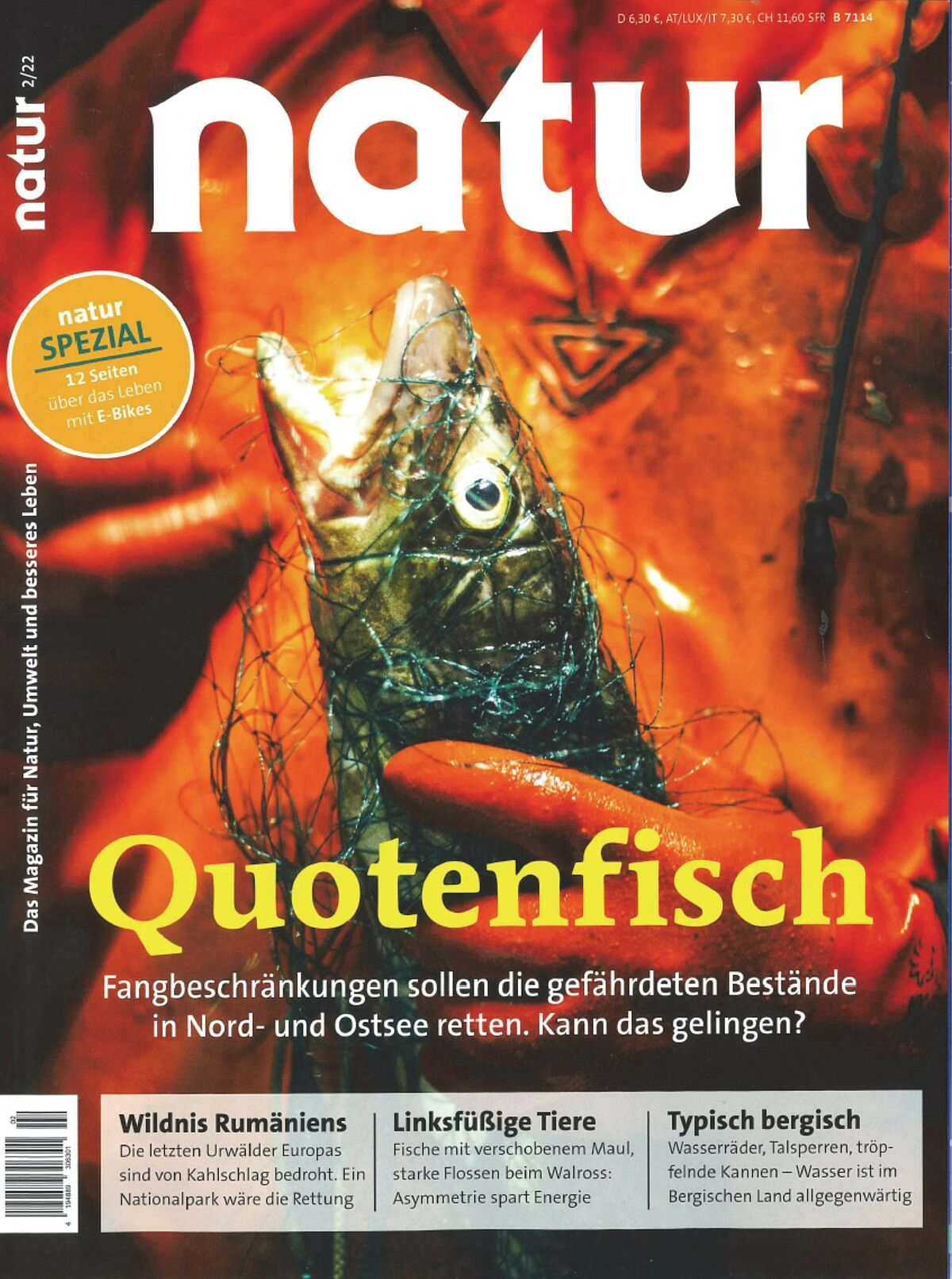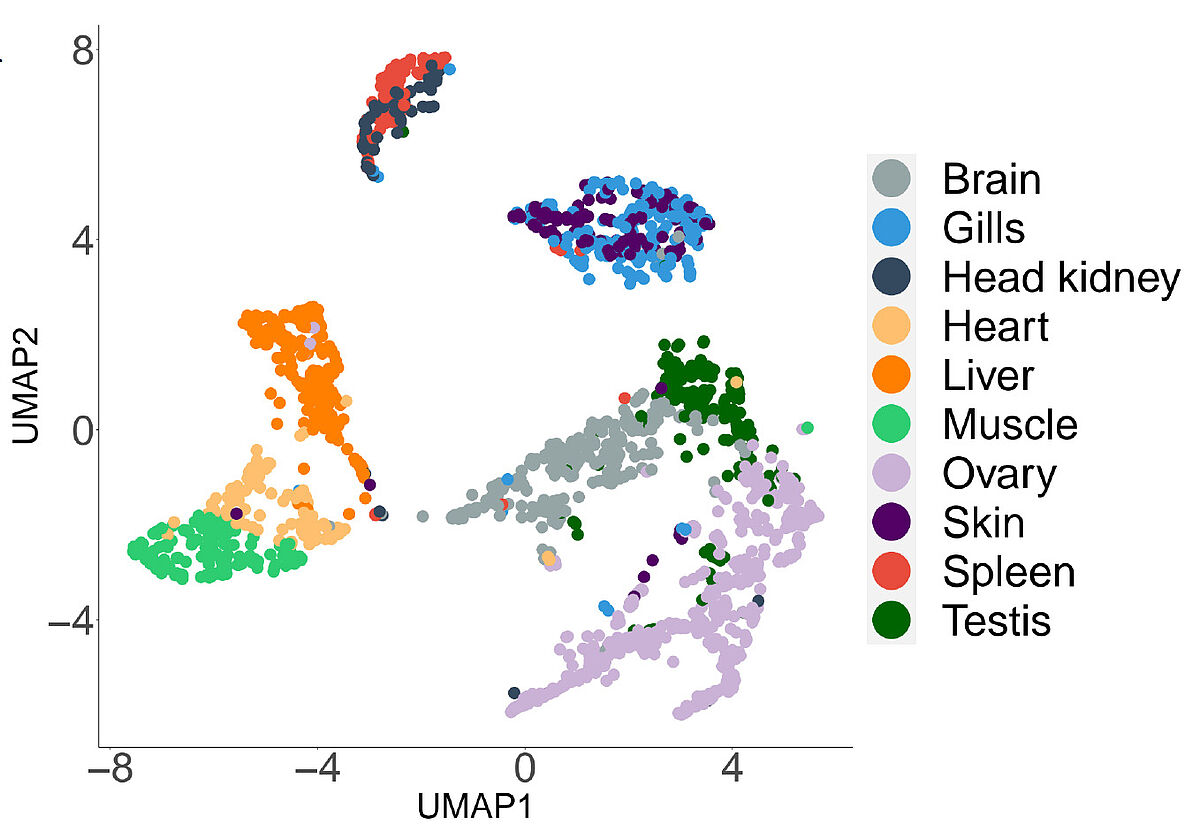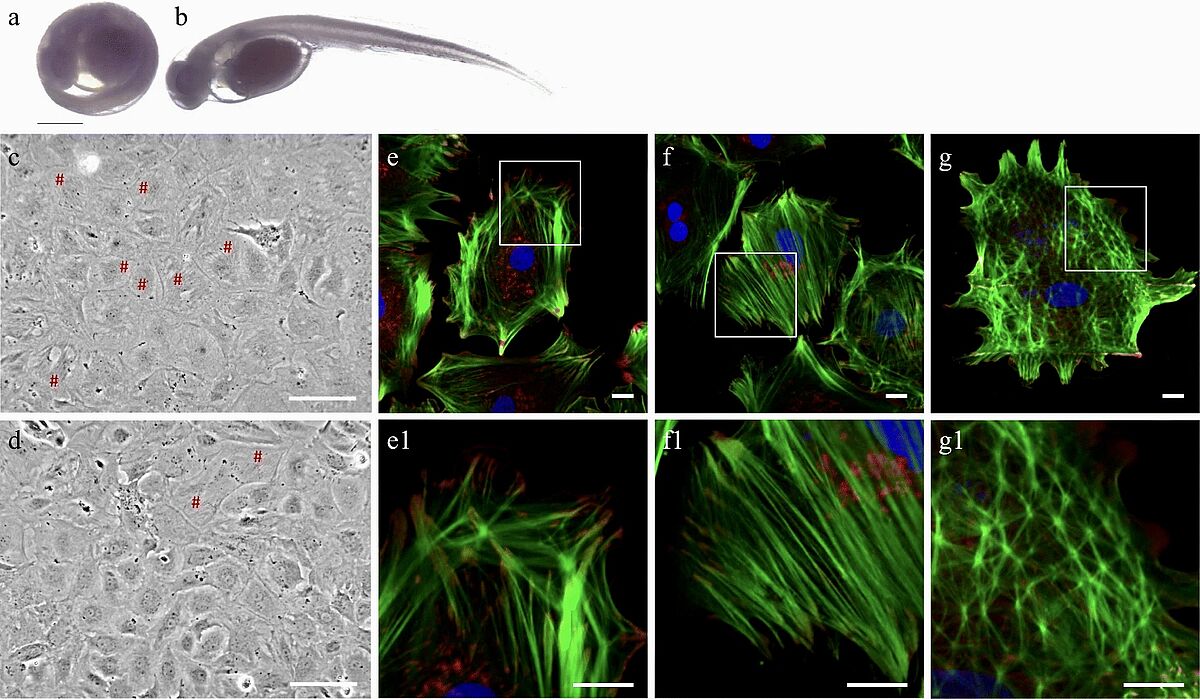High stocking densities are just a cliché
Pikeperch aquaculture
Interview by Horst Hamm with Tom Goldammer for the magazine Natur 2-22
Aquaculture is often wrongly associated with high antibiotic loads and intensive fish farming. Rather, farming systems are an alternative to overfishing the oceans.
Indoor systems are a good and sustainable way to produce fish.
Also exciting the article "This is how good aquaculture works" in the same issue, about pikeperch breeding in Mecklenburg-Western Pomerania.
https://www.wissenschaft.de/magazin/natur-archiv/quotenfisch/
Reference transcriptome and expression atlas for the pikeperch
Publication, October 2021: This study, which we conducted in collaboration with colleagues from the FLI Leibniz Institute for Age Research in Jena and the Department of Systems Biology and Bioinformatics at the University of Rostock, describes a high-quality multi-tissue reference transcriptome of 10 vital pikeperch tissues together with a comprehensive representation of tissue-specific expression and expression and co-expression networks to classify protein-coding genes in terms of their unique expression patterns in the different tissues. The transcriptomics resources presented in the publication provide a useful prerequisite for functional genomic analyses, such as validating genetic markers and understanding the mechanisms of organ biology and the role of specific metabolic cycles in different tissues.
Cells 2021, 10, 2289. https://doi.org/10.3390/cells10092289
Pikeperch is adapted to persistent O2 deficiency
Publication, July 2021: This research, conducted in close cooperation with our Czech colleagues, highlights from physiological, cellular, and molecular perspectives the effects of chronic low oxygen saturation on pikeperch (Sander lucioperca)farmed in recirculating aquaculture systems (RAS). Insufficient oxygen saturation, or hypoxia, is among the critical stressors in intensive aquaculture. When fish are exposed to low oxygen levels for prolonged periods of time, their well-being and immunocompetence are significantly affected, leading to increased susceptibility to disease and resulting economic losses. The data obtained provide a comprehensive insight into the changes in immunocompetence of the fish studied and suggest a high robustness of this new aquaculture species to the stressors of intensive aquaculture.
Biology 2021, 10, 649. https://doi.org/10.3390/biology10070649
Gene regulation in pikeperch ontogenesis
February 2021: Publication on the characterization of stress and developmental key genes in the early ontogenesis of pikeperch (Sander lucioperca) in vivo and in vitro. Promising candidates were identified, including genes involved in feed utilization (APOE, BMP4, BMP7, CKM, GATM, TFEB) and related to the growth phase of juvenile pikeperch (GHR, IGF2, RXRA, PPARA, PPARD). These genes can be used in future studies to monitor and control the development of pikeperch fry in aquaculture.
Fish Physiology and Biochemistry 47, 515–532 (2021), https://doi.org/10.1007/s10695-021-00929-6




